Ho Chi Minh City Ms. Phuong, 59 years old, has had kidney stones for many years. For the past three months, her lower back pain has been worse. The doctor discovered a 7 cm coral stone almost as big as a kidney.
On May 9, Master, Doctor Nguyen Tan Cuong, Deputy Head of the Department of Urology, Center for Urology - Nephrology - Andrology, Tam Anh General Hospital, Ho Chi Minh City, said that the multi-branched coral stone was located in the patient's right kidney, almost filling the renal pelvis and renal calyces. Ms. Phuong's stone is a rare type, forming a complete mass.
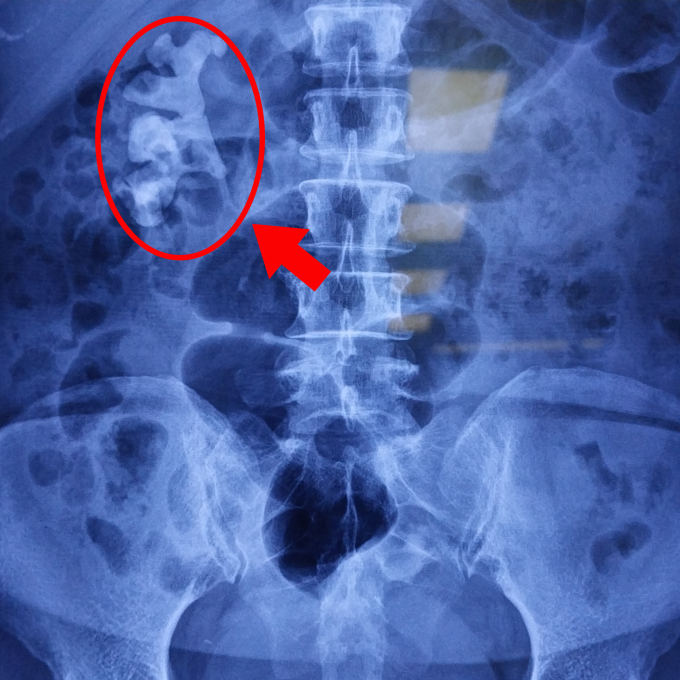
Coral stone in Mrs. Phuong's right kidney. Photo: Tam Anh General Hospital
If you want to remove the entire coral stone mass in one surgery, open surgery is a feasible solution, according to Dr. Cuong. However, this method has many potential risks such as the patient losing a lot of blood, infection, urinary leakage, kidney damage, prolonged pain, slow recovery and large surgical scars on the abdomen. For older patients, to ensure health, laparoscopic surgery is the optimal solution.
Minimally invasive laparoscopic surgery reduces the risk of blood loss, has fewer complications, is less painful, and minimizes kidney damage. Patients recover quickly and can be discharged early. However, the doctor needed to perform it twice to clean Ms. Phuong's stones.
For the first time, Dr. Cuong performed percutaneous nephrolithotomy using a small tunnel (mini-PCNL). The endoscopic lithotripsy instrument was inserted into the kidney through a small hole of about 0.5 cm in the patient's back. About 70% of the stone mass (the part located in the renal pelvis and lower renal calyces) was broken up by laser and removed from the body. The remaining stone mass was located deep in the upper part of the kidney, difficult to access.
After three weeks, the doctor used a flexible endoscope to break up the stones a second time. The small tube can bend flexibly, making it easy to reach stones deep in the kidney, using a laser to break the stones into very small pieces.
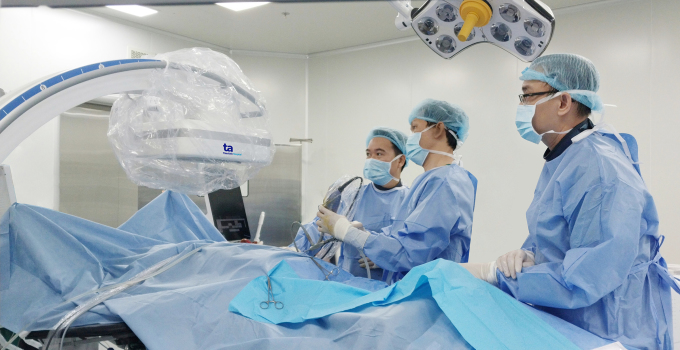
The team of doctors performed percutaneous nephrolithotomy for Ms. Phuong. Photo: Tam Anh General Hospital
Two days later, Ms. Phuong was discharged from the hospital, her health had recovered well, she had no pain, could eat and walk normally.
Doctor Cuong said that coral stones account for about 15% of all kidney stone cases but are the most dangerous type of stones. They grow quickly, can form large masses in just 6-12 months, rarely cause obstruction so patients often do not notice. Some cases have blood in the urine, recurrent urinary tract infections, and dull lower back pain.
Currently, treatment can be done with minimally invasive methods such as percutaneous nephrolithotomy combined with retrograde nephrolithotomy or extracorporeal shock wave lithotripsy (SWL). In cases of large, complex stones, patients need to undergo multiple treatments, combining many methods to completely remove the stones.
Kidney stones can impair kidney function, causing dangerous complications such as kidney infection, kidney abscess, perirenal inflammation, life-threatening blood infection, and kidney failure requiring kidney removal.
Coral stones are prone to recur even after treatment. Patients need to prevent recurrence by drinking at least 2-2.5 liters of water per day; reducing salt, limiting animal protein, foods rich in oxalate (chocolate, spinach, beets...); limiting beer, alcohol, carbonated water; supplementing enough calcium, and having regular health check-ups every 6-12 months.
Doctor Cuong recommends that people with kidney stone symptoms should go to the hospital for early detection and treatment.
Thang Vu
| Readers send questions about kidney disease here for doctors to answer |
Source: https://vnexpress.net/khoi-soi-san-ho-chiem-gan-het-than-nguoi-phu-nu-4743856.html



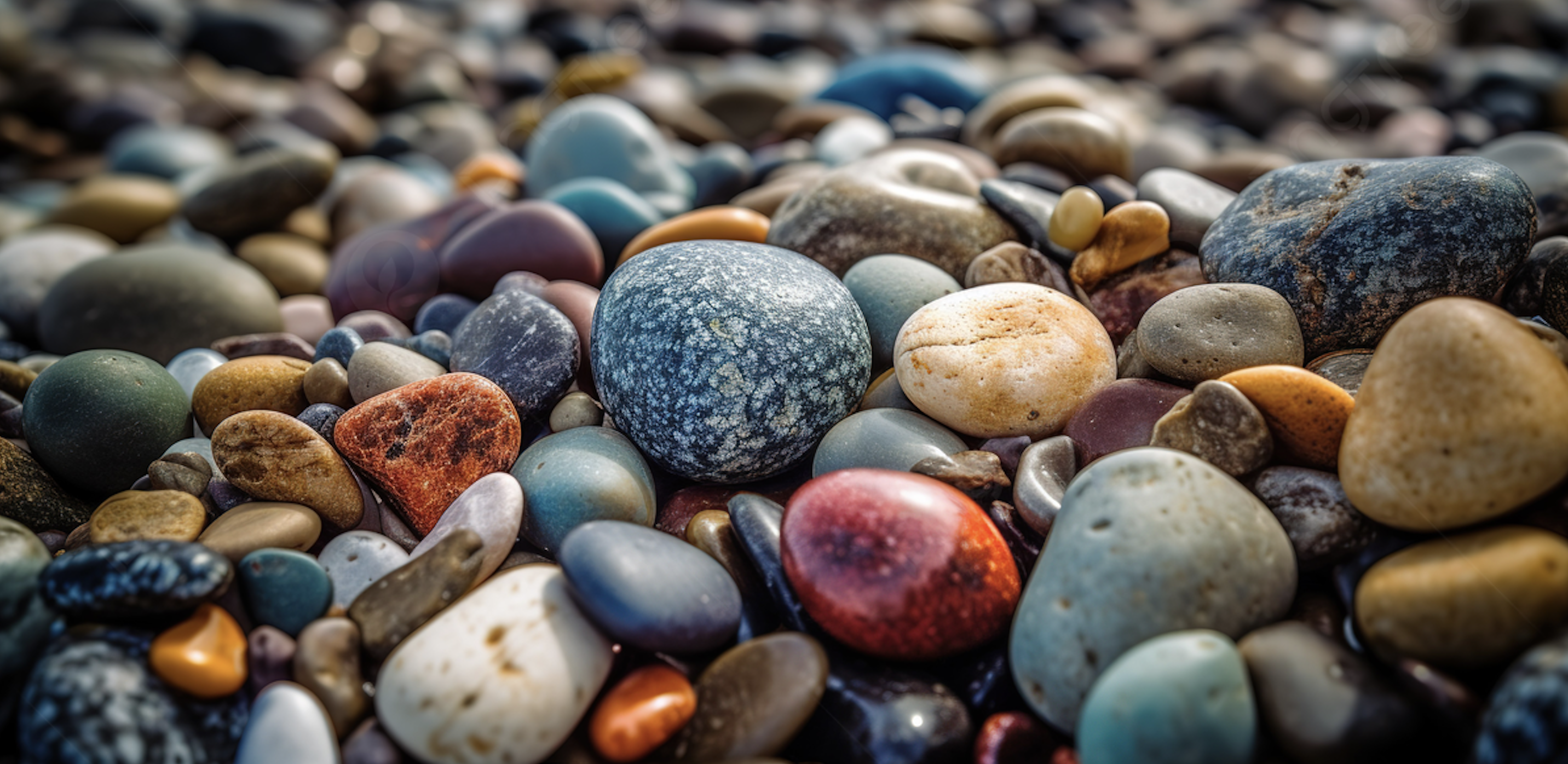




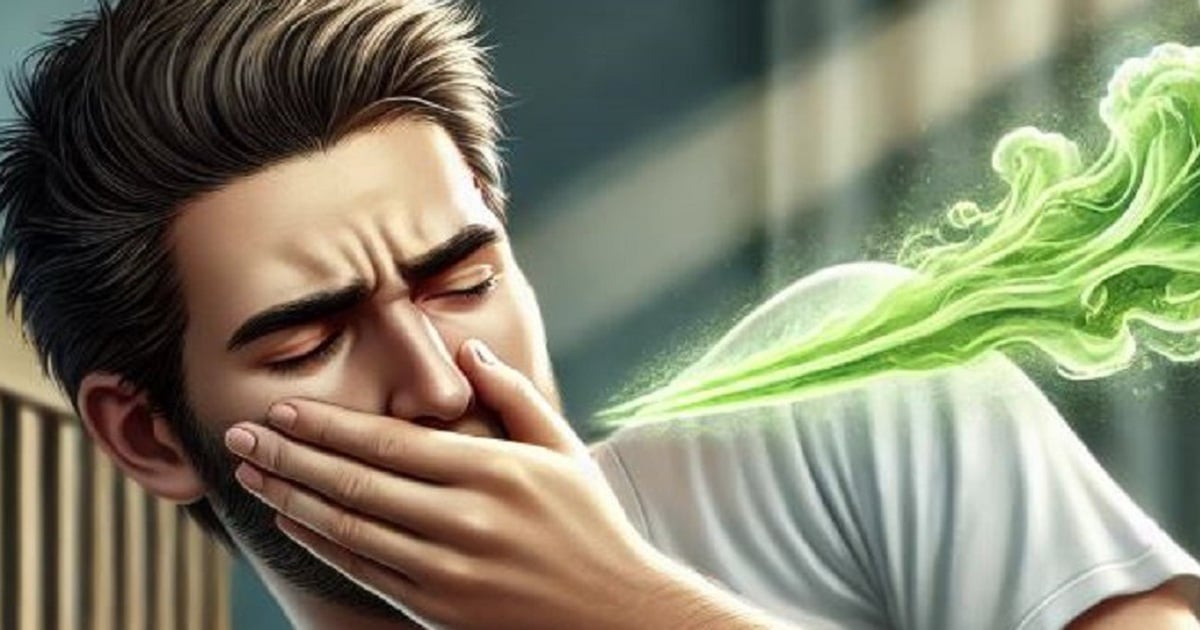








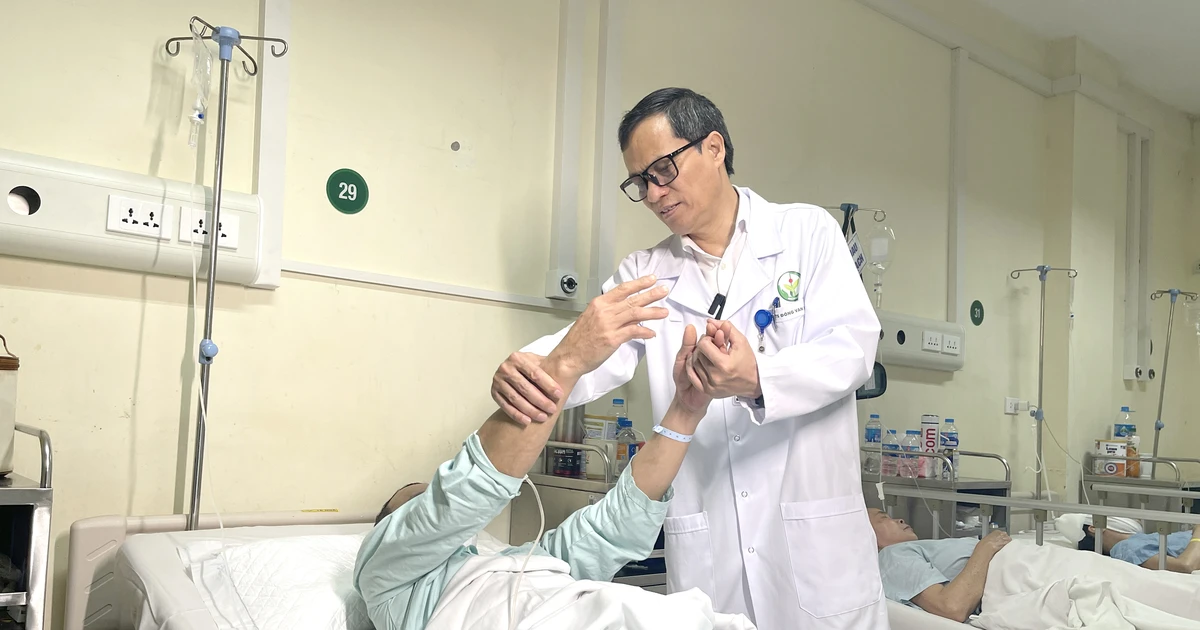



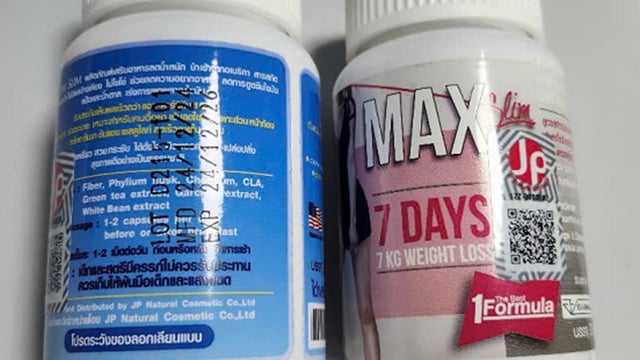


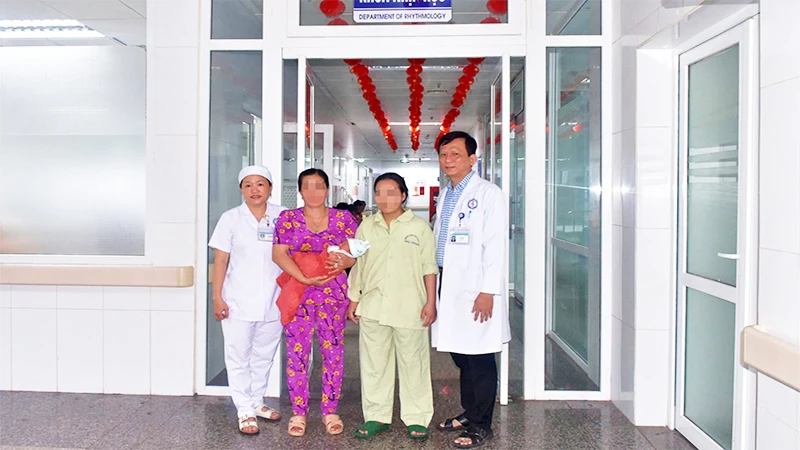








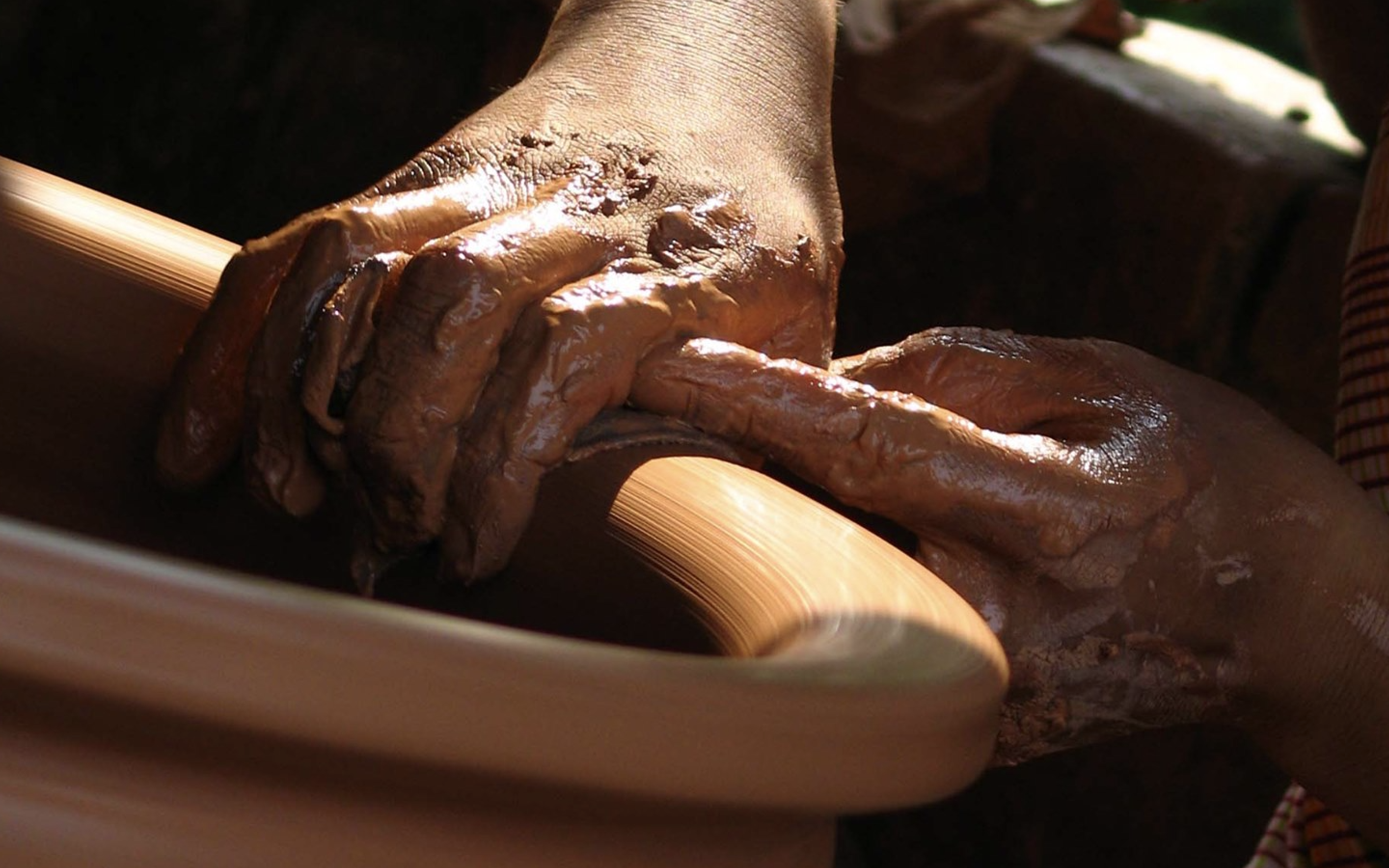



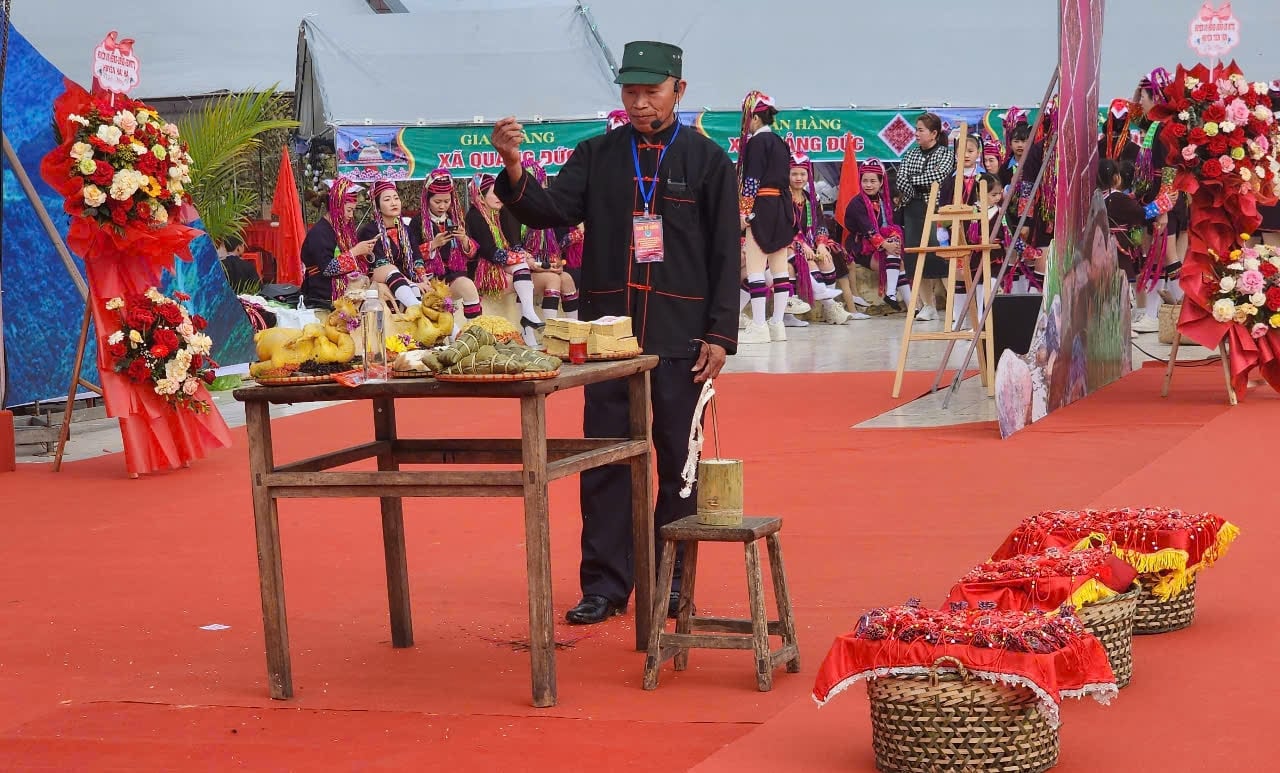







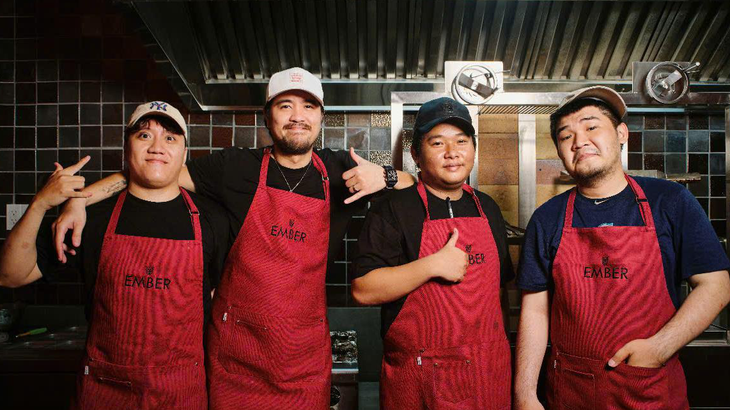

























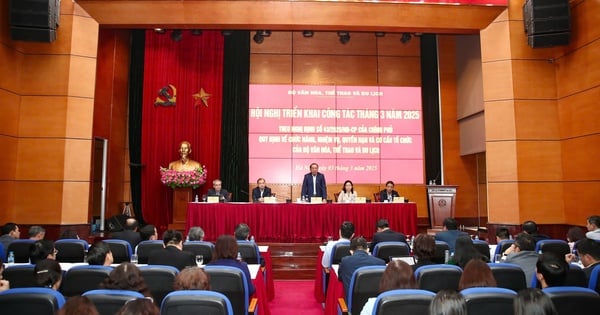
















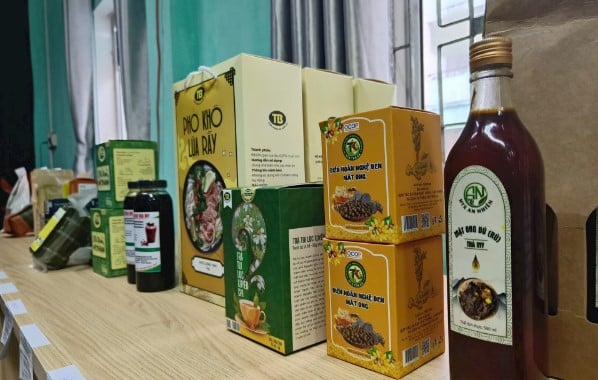


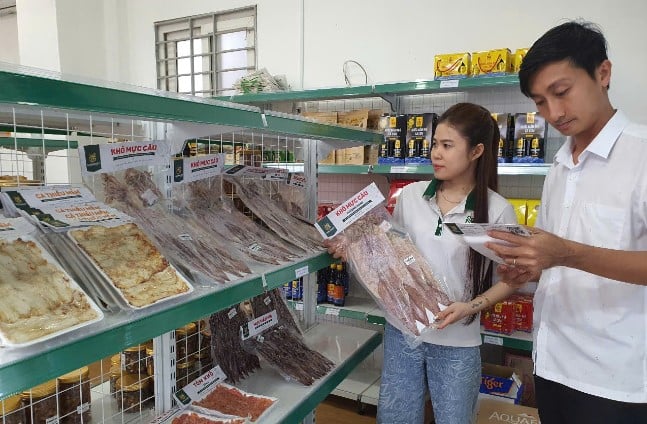

Comment (0)